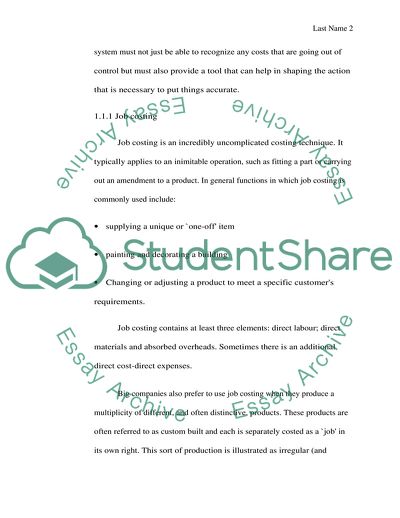Cite this document
(Costing Systems and Techniques in Engineering Assignment, n.d.)
Costing Systems and Techniques in Engineering Assignment. https://studentshare.org/finance-accounting/1710839-costing-systems-and-techniques
Costing Systems and Techniques in Engineering Assignment. https://studentshare.org/finance-accounting/1710839-costing-systems-and-techniques
(Costing Systems and Techniques in Engineering Assignment)
Costing Systems and Techniques in Engineering Assignment. https://studentshare.org/finance-accounting/1710839-costing-systems-and-techniques.
Costing Systems and Techniques in Engineering Assignment. https://studentshare.org/finance-accounting/1710839-costing-systems-and-techniques.
“Costing Systems and Techniques in Engineering Assignment”. https://studentshare.org/finance-accounting/1710839-costing-systems-and-techniques.


